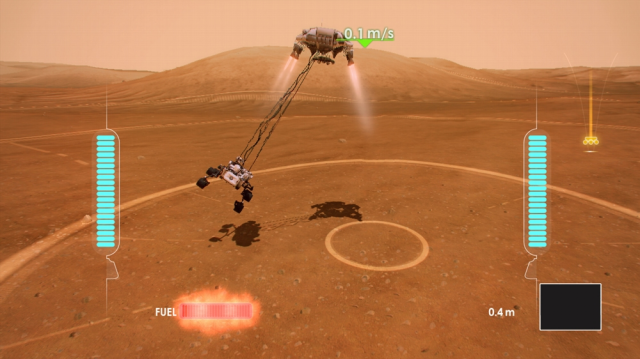
Maryland young maker Jack Andraka isn’t old enough to drive yet, but he’s just pioneered a new, improved test for diagnosing pancreatic cancer that is 90% accurate, 400 times more sensitive, and 26,000 times less expensive than existing methods. Andraka had gotten interested in pancreatic cancer, and knew that early detection is a challenge. He gleaned information on the topic from his “good friend Google,†and began his research. Yes, he even got in trouble in his science class for reading articles on carbon nanotubes instead of doing his classwork. When Andraka had solidified ideas for his novel paper sensor, he wrote out his procedure, timeline, and budget, and emailed 200 professors at research institutes. He got 199 rejections and one acceptance from Johns Hopkins: “If you send out enough emails, someone’s going to say yes.†Andraka was recently awarded the grand prize at the Intel International Science and Engineering Fair for his groundbreaking discoveries. [via Fast Company]
Watch Andraka talk about his improved test:
from MAKE



